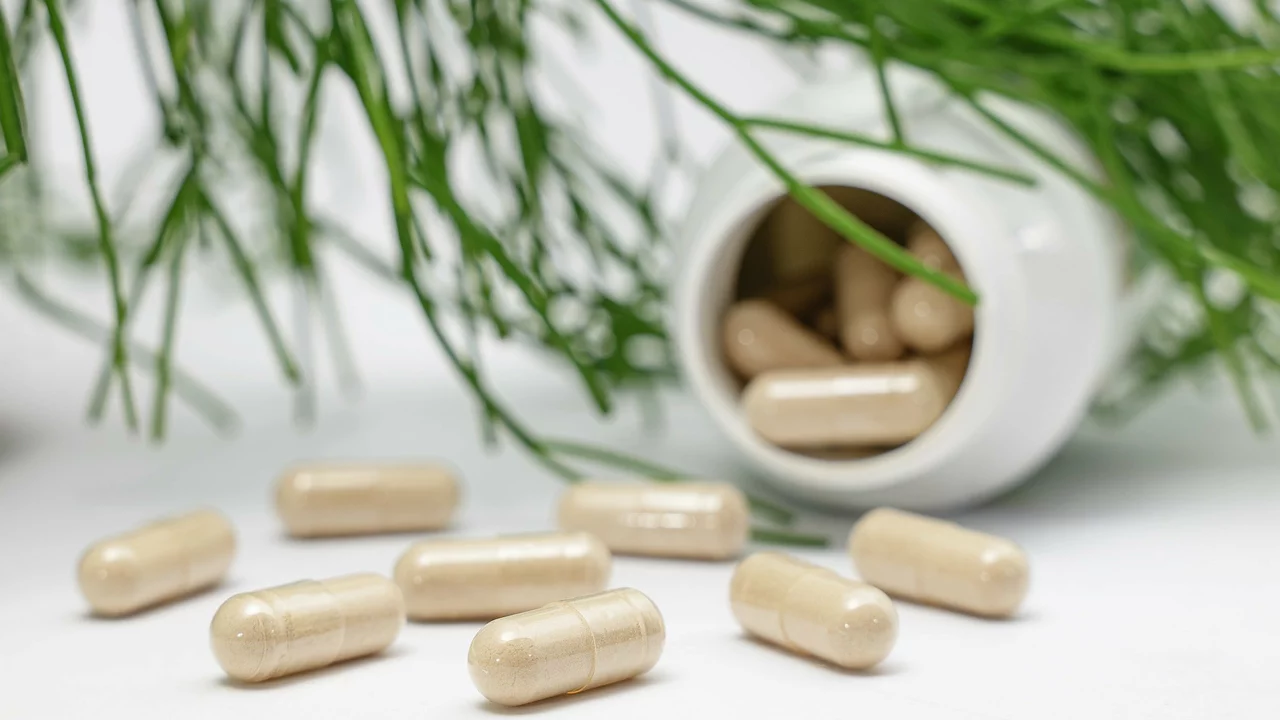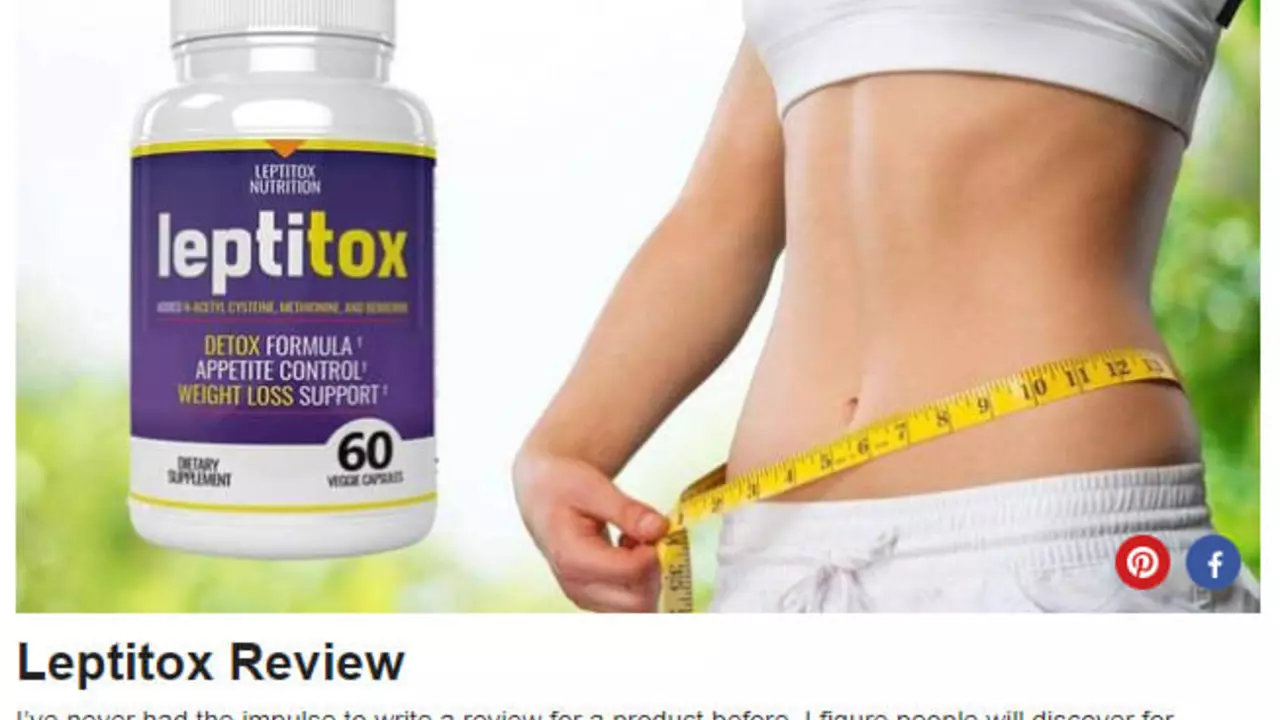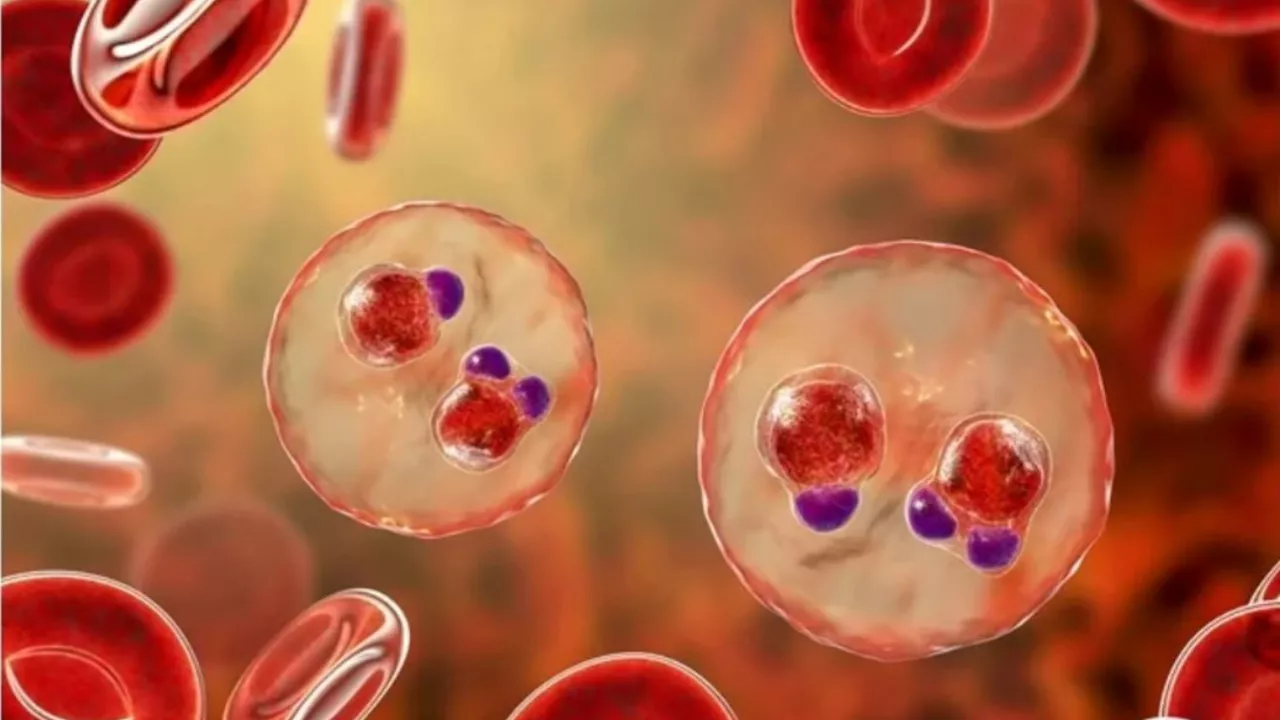Buy-Pharma.md: Your Trusted Pharmaceutical Online Store - Page 4
 How to Prevent and Treat Skin Rashes in Swimmers
How to Prevent and Treat Skin Rashes in Swimmers
In my latest blog post, I delve into how swimmers can prevent and treat skin rashes. I discuss the importance of showering before and after swimming to remove harmful chemicals and bacteria from the skin. I also highlight the role of moisturizing to keep skin hydrated and protected. In case of a rash, I advise seeking medical help for proper treatment, which may include over-the-counter creams or prescription medication. Lastly, I emphasize the necessity of wearing sunblock and protective clothing to shield from harmful UV rays.
In my latest blog post, I dive into the benefits of Marsh Tea, a dietary supplement that's been a real game-changer for my health and happiness. I discuss how Marsh Tea improves digestion, boosts immunity, and even aids in weight loss. I also share some amazing personal experiences on how it uplifted my mood and overall well-being. Also, I provide some tips on how to incorporate it into your daily routine. Trust me, this is one supplement you don't want to miss out on!
 The Chrysanthemum Revolution: How This Dietary Supplement is Changing the Game in Health and Wellness
The Chrysanthemum Revolution: How This Dietary Supplement is Changing the Game in Health and Wellness
In my latest blog post, I delve deep into the "Chrysanthemum Revolution", a groundbreaking shift in the health and wellness industry. I discuss how this dietary supplement, derived from the Chrysanthemum flower, is making waves through its numerous health benefits. From boosting immunity to fighting inflammation, the supplement is proving to be a game-changer. I also explore the science behind these benefits and share testimonials from those who've experienced its effects. It's an exciting time in health and wellness, and this flower is leading the charge.
 Why Hempnettle is the Trending Dietary Supplement You Shouldn't Miss Out On!
Why Hempnettle is the Trending Dietary Supplement You Shouldn't Miss Out On!
Hempnettle is currently making waves in the dietary supplement scene and I'm here to tell you why. This plant is packed with nutrients that can offer numerous health benefits. It's a natural source of essential vitamins and minerals which can support your daily nutritional needs. Plus, it's versatile - you can incorporate it into your meals or take it as a supplement. Don't miss out on the hempnettle trend - it's a game changer for your health regime.
 Understanding the potential risks and benefits of long-term Ofloxacin use
Understanding the potential risks and benefits of long-term Ofloxacin use
In my latest research, I've delved into the long-term use of Ofloxacin, a commonly used antibiotic. The benefits of this drug are evident as it effectively treats a wide range of bacterial infections. However, prolonged usage may bring about potential risks such as heart problems, liver diseases, and tendon ruptures. It's important to note that the benefits usually outweigh the risks, but it's always wise to discuss any concerns with your healthcare provider. Remember, antibiotics like Ofloxacin should be used with caution and under medical supervision.
 The Role of Scientific Research in the Fight Against Malaria
The Role of Scientific Research in the Fight Against Malaria
Scientific research has been pivotal in our quest to combat Malaria. Breakthroughs in understanding the biology of the malaria parasite and its interaction with the human host have led to significant advancements in prevention, diagnosis, and treatment. Studies have enabled us to develop effective drugs and vaccines, and innovative approaches like gene editing are being explored to stop the spread. However, challenges such as drug resistance and funding gaps persist. Continued research commitment is vital to eradicate this global health menace.
 Parkinsonism and the Environment: Factors That May Increase Risk
Parkinsonism and the Environment: Factors That May Increase Risk
As a blogger, I've recently been researching Parkinsonism and its potential links to environmental factors. It's concerning to see that exposure to certain chemicals, like pesticides, may increase the risk of developing this condition. Additionally, living in rural areas and consuming well water have been associated with a higher risk of Parkinsonism. It's important for us to be aware of these environmental factors and take necessary precautions to minimize our risk. Further research is needed to better understand the connection between Parkinsonism and the environment, and I'll definitely be keeping an eye on new developments in this area.
 The potential of tetracycline in treating Legionnaire's disease
The potential of tetracycline in treating Legionnaire's disease
I recently came across some fascinating research on the potential of tetracycline in treating Legionnaire's disease. Legionnaire's is a severe form of pneumonia caused by the Legionella bacteria, and it seems that tetracycline could be a promising treatment option for those affected. Studies have shown that tetracycline effectively inhibits the growth of the bacteria and combats the infection. While further research is needed to fully understand its potential, I'm excited by the possibility of a more effective treatment for this potentially deadly disease. It's amazing to see how advances in medical research can bring hope for those suffering from serious health conditions.
 Combining Linagliptin with Other Diabetes Medications: What You Need to Know
Combining Linagliptin with Other Diabetes Medications: What You Need to Know
In my recent blog post, I discussed the combination of Linagliptin with other diabetes medications and what you need to know about this approach. Linagliptin is a DPP-4 inhibitor, which helps to control blood sugar levels in Type 2 diabetes patients. Combining it with other medications, such as metformin or insulin, can help improve overall glucose management. However, it's essential to consult with your healthcare provider before making any changes to your treatment plan. Combining medications may lead to side effects or potential interactions, so it's crucial to be well-informed and closely monitored by a professional.
As a nurse, I've seen firsthand the challenges patients face during tuberculosis (TB) treatment, and ethionamide plays a crucial role in this process. This medication, often prescribed as part of a multidrug therapy, helps to combat the TB infection and improve patient outcomes. However, it's essential to monitor patients closely for any side effects and provide support to address their concerns. Through proper education and communication, we can help our patients adhere to their TB treatment regimen and ultimately achieve better health. Overall, ethionamide and nursing practice go hand in hand to ensure the best possible care for patients battling this serious disease.
